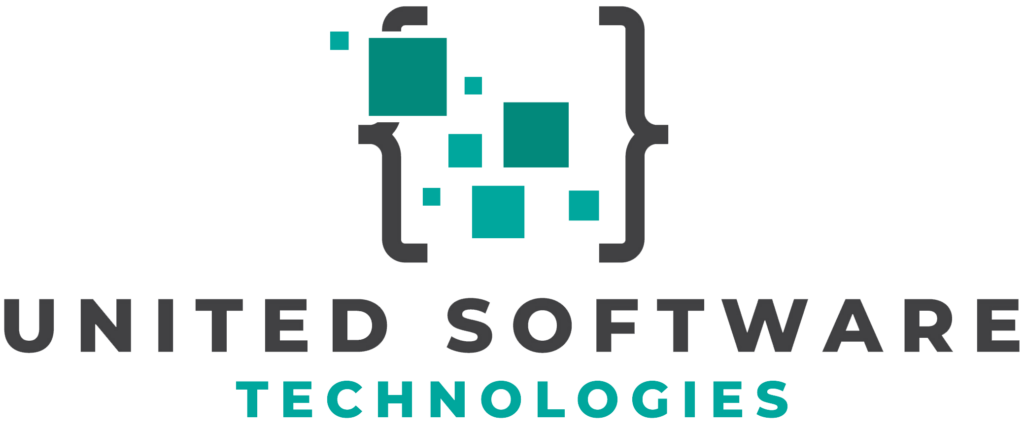Getting the Most Out of Search Engines: SEO Tips and Tricks
Introduction to Search Engine Optimization (SEO)
In today’s digital world, having a strong online presence is crucial for businesses and individuals alike. One of the most effective ways to achieve this is through search engine optimization (SEO). SEO refers to the process of improving your website’s visibility on search engines like Google, Bing, and Yahoo. By optimizing your site for these platforms, you can increase the likelihood that users will find your content when searching for relevant keywords.
In this blog post, we’ll explore some essential tips and tricks for getting the most out of search engines using SEO strategies. Whether you’re new to SEO or an experienced professional looking to refine your skills, these insights will help you stay ahead of the competition and drive more traffic to your website.
Understanding How Search Engines Work
Before diving into specific SEO tactics, it’s important to understand how search engines operate. These platforms use complex algorithms to crawl and index websites across the internet. They then rank these sites based on various factors such as relevance, authority, and user experience.
To optimize your site for search engines effectively, you need to consider both on-page and off-page factors. On-page elements include things like keyword usage in titles and headings, meta descriptions, URL structure, and internal linking. Off-page factors involve building backlinks from other reputable websites that point back to yours.
By focusing on both aspects of SEO simultaneously, you can improve your chances of ranking higher in search results pages (SERPs) for relevant queries.
Keyword Research: The Foundation of Effective SEO
One of the most critical components of successful SEO is thorough keyword research. This involves identifying which terms users are likely searching for when looking for products or services similar to yours. By targeting these keywords throughout your site’s content and metadata (e.g., title tags), you can increase its relevance in the eyes of search engines.
There are several tools available to help you conduct keyword research, including Google’s Keyword Planner and Ahrefs’ Keywords Explorer. These platforms can provide valuable insights into search volume, competition levels, and related terms that may be worth targeting.
Once you’ve identified a list of potential keywords, it’s essential to prioritize them based on their relevance to your business and the likelihood that they’ll drive traffic. Focus on incorporating these terms naturally throughout your site’s content without overstuffing or resorting to spammy tactics.
Optimizing On-Page Elements for SEO Success
With a solid understanding of keyword research under your belt, it’s time to focus on optimizing various on-page elements for maximum SEO impact. Here are some key areas to consider:
1. Title Tags: Ensure each page on your site has a unique title tag that accurately reflects its content while incorporating relevant keywords. This not only helps search engines understand what your page is about but also entices users to click through from SERPs.
2. Meta Descriptions: Craft compelling meta descriptions for each page that include target keywords and encourage users to visit your site. While these snippets don’t directly impact rankings, they can improve click-through rates (CTRs) by providing a clear preview of what visitors can expect.
3. URL Structure: Keep URLs short, descriptive, and easy-to-read with appropriate use of hyphens instead of underscores. Incorporate primary keywords when possible but avoid keyword stuffing or using unnecessary words.
4. Heading Tags: Use H1-H6 tags strategically throughout your content to break up sections and signal hierarchy to both users and search engines. Include target keywords in these headings when appropriate but prioritize readability and user experience.
5. Image Optimization: Optimize images by compressing file sizes, using descriptive filenames, and adding alt text with relevant keywords. This not only improves page load times (a ranking factor) but also helps search engines understand the context of your visuals.
6. Internal Linking: Create a logical site structure by linking related pages within your content. This helps users navigate your site more easily while also distributing link equity across multiple pages, improving overall SEO performance.
Growing Your Site’s Authority Through Off-Page SEO
In addition to optimizing on-page elements, it’s crucial to focus on off-page factors that can influence your site’s authority and trustworthiness in the eyes of search engines. One of the most effective ways to do this is through link building – acquiring backlinks from other reputable websites that point back to yours.
Here are some strategies for building high-quality backlinks:
1. Create Valuable Content: Produce informative, engaging content that others will want to reference and share naturally. This could include blog posts, infographics, videos, or even industry research reports.
2. Guest Posting: Reach out to authoritative websites within your niche and offer to contribute guest articles or blog posts featuring unique insights or perspectives. Be sure to include a link back to your site within the author bio or body of the post where relevant.
3. Social Media Promotion: Share your content across social media platforms like Facebook, Twitter, LinkedIn, and Pinterest to increase visibility and encourage others to link back organically.
4. Influencer Outreach: Identify influencers within your industry who may be interested in sharing or promoting your content with their audience in exchange for exposure or collaboration opportunities.
5. Competitor Analysis: Use tools like Ahrefs’ Site Explorer or SEMrush to analyze your competitors’ backlink profiles and identify potential link-building opportunities.
Monitoring Your SEO Progress and Adjusting as Needed
SEO is an ongoing process that requires regular monitoring, analysis, and adjustments to stay ahead of the competition. Utilize analytics tools like Google Analytics to track key performance indicators (KPIs) such as organic traffic, bounce rate, and conversion rates. This data can help you identify areas for improvement and inform future optimization efforts.
Additionally, stay up-to-date with industry news and algorithm updates from major search engines to ensure your strategies remain effective in an ever-evolving landscape.
By implementing these SEO tips and tricks consistently over time, you’ll be well on your way to getting the most out of search engines and driving more targeted traffic to your website.

